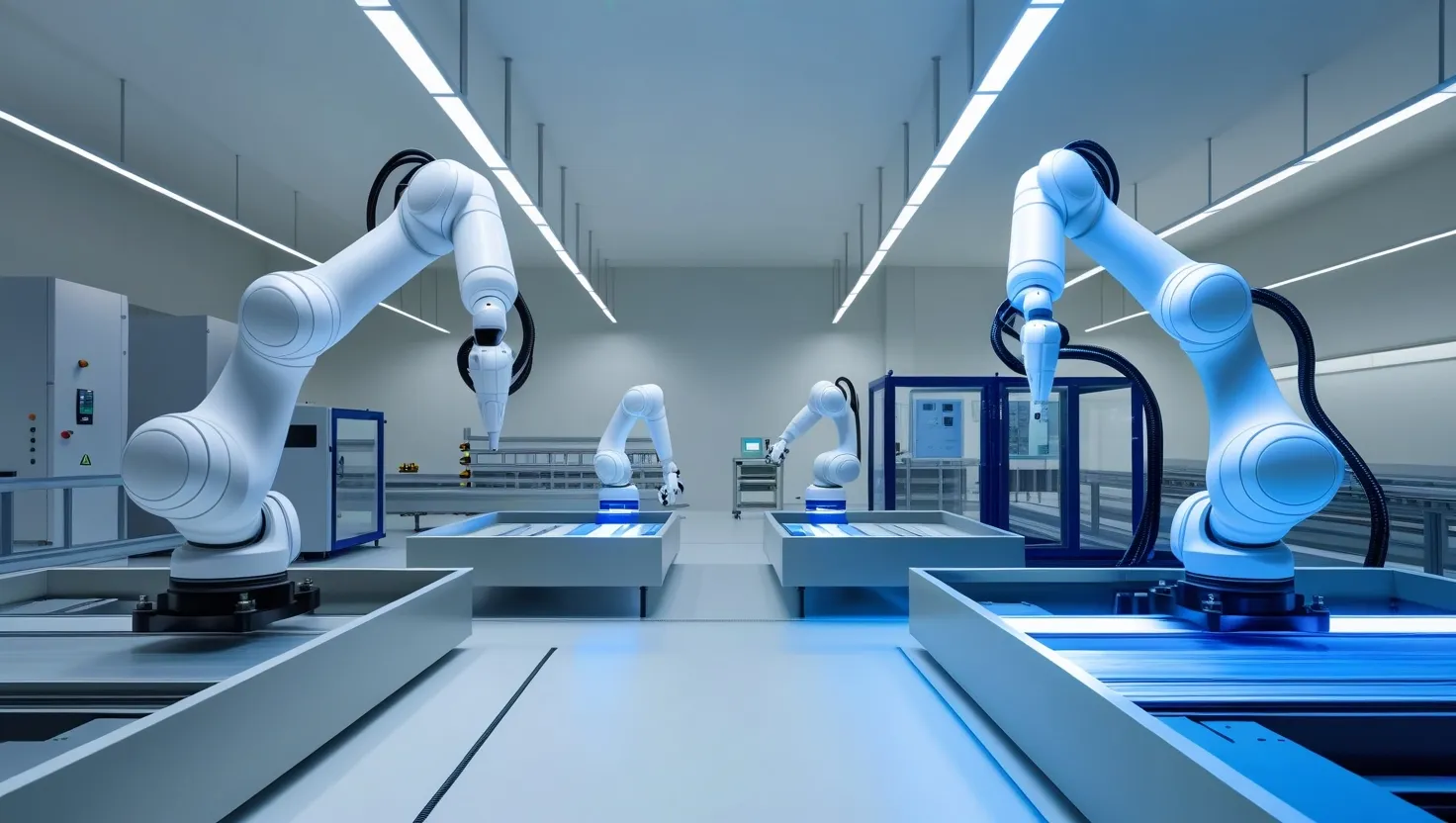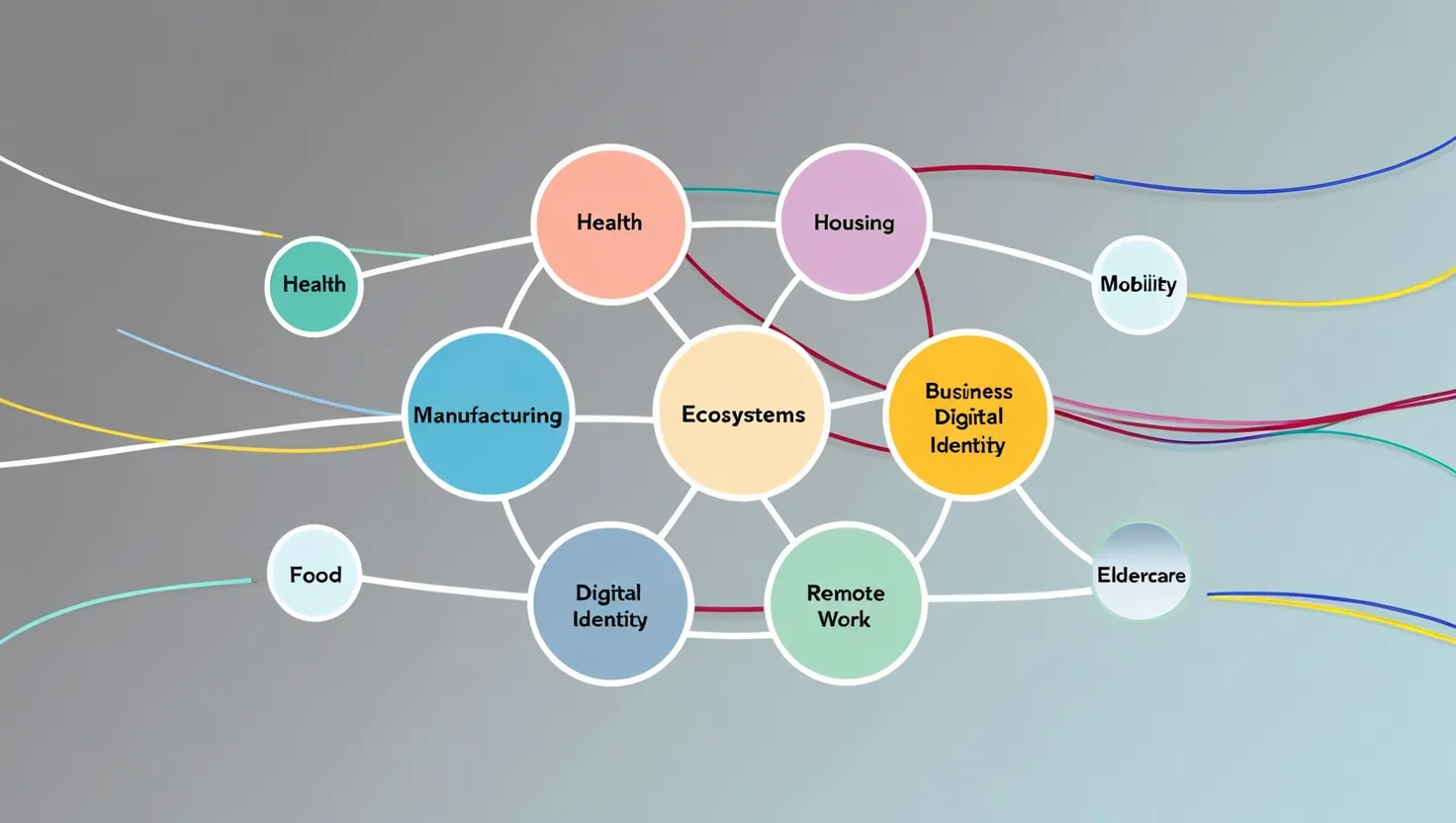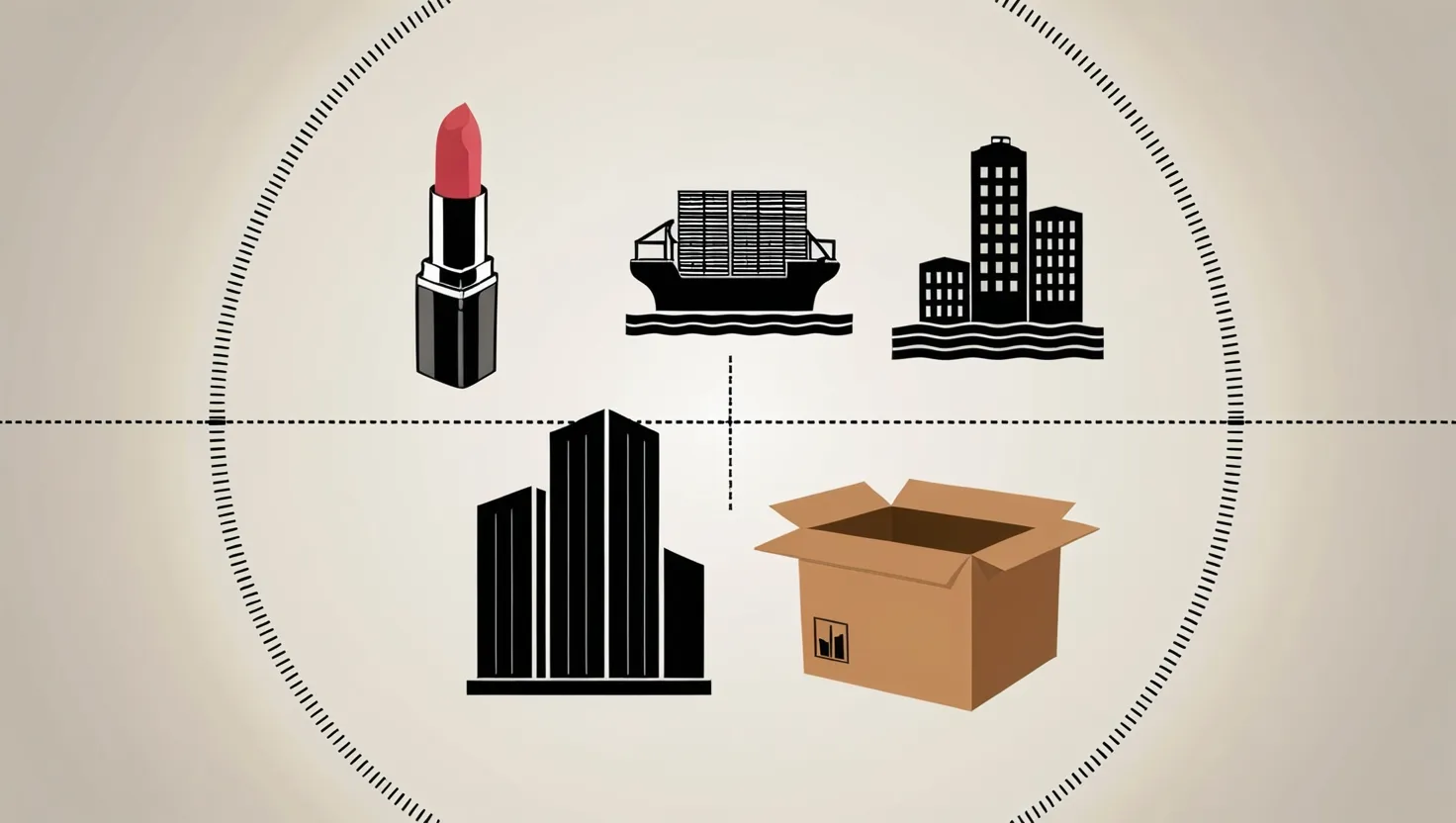As we step into 2024, the global manufacturing landscape is undergoing a profound transformation. Six strategic shifts are reshaping how products are made, where they’re produced, and who’s involved in the process. These changes are not just incremental improvements - they represent a fundamental reimagining of manufacturing for the 21st century.
Let’s start with the robots. Advanced robotics are no longer confined to massive automotive plants or sprawling electronics factories. Mid-sized manufacturers across industries are now integrating sophisticated robotic systems into their operations. This democratization of automation is leveling the playing field, allowing smaller players to achieve efficiencies once reserved for industry giants.
I recently toured a furniture maker in North Carolina that exemplifies this trend. Their factory floor was a ballet of robotic arms precisely cutting, sanding, and assembling custom pieces. The company’s CEO told me, “Five years ago, this level of automation was a pipe dream for a business our size. Now it’s our competitive edge.”
The benefits go beyond just speed and precision. These robotic systems are incredibly flexible, allowing for rapid changeovers between product lines. This agility is crucial in today’s market, where consumer preferences can shift overnight.
“The future belongs to the flexible,” as management guru Peter Drucker once said. How is your business preparing for a more automated future?
While robots reshape factory floors, geopolitical forces are redrawing the map of global manufacturing. Nearshoring - the practice of moving production closer to end markets - is accelerating in both North America and Europe. This isn’t just a knee-jerk reaction to recent supply chain disruptions; it’s a strategic realignment driven by multiple factors.
Labor cost differentials between developed and developing nations have narrowed. Automation has reduced the labor component in many products. And concerns about intellectual property protection and quality control are pushing companies to produce closer to home.
The automotive sector is at the forefront of this shift. Electric vehicle startup Arrival is building “microfactories” in the UK and US, eschewing the traditional model of massive, centralized plants. Their approach allows for localized production tailored to regional needs, with lower capital costs and faster time-to-market.
This nearshoring trend is breathing new life into former industrial regions. Towns that once saw manufacturing jobs vanish overseas are now attracting high-tech factories. It’s a second chance for many communities, but one that requires a skilled workforce ready for the jobs of tomorrow.
Speaking of tomorrow, the green revolution is in full swing in the manufacturing world. Environmental considerations are no longer just a nice-to-have - they’re becoming a core business imperative. Many countries and trade blocs are implementing strict green manufacturing certification requirements. These standards cover everything from energy efficiency and waste reduction to the use of recycled materials and overall carbon footprint.
A purchasing manager at a major European retailer told me, “Green certs are now as important as quality certs when we’re vetting suppliers. It’s non-negotiable.”
This shift is driving innovation across the entire manufacturing ecosystem. Chemical companies are developing new, biodegradable plastics. Machine tool makers are creating more energy-efficient equipment. Even packaging designers are rethinking their approach to minimize waste.
The consumer goods giant Unilever has been a pioneer in this space. They’ve committed to making all their plastic packaging reusable, recyclable, or compostable by 2025. This ambitious goal is forcing them to reimagine everything from product formulations to supply chain logistics.
“The biggest threat to our planet is the belief that someone else will save it,” said explorer Robert Swan. How is your company taking responsibility for its environmental impact?
While green initiatives focus on the big picture, the next trend is all about the microscopic details of day-to-day operations. Predictive maintenance powered by Internet of Things (IoT) networks is revolutionizing how factories keep their machines running.
Imagine a world where equipment never breaks down unexpectedly. Where maintenance is performed precisely when needed, not on an arbitrary schedule. That’s the promise of IoT-enabled predictive maintenance.
Sensors embedded throughout a factory constantly monitor the health of every piece of equipment. Machine learning algorithms analyze this torrent of data, identifying patterns that precede failures. Maintenance crews can then address issues before they cause costly downtime.
A paper mill in Finland has reduced unplanned downtime by 80% using this approach. Their system even factors in variables like ambient temperature and humidity to fine-tune its predictions.
This shift from reactive to proactive maintenance is a game-changer for operational efficiency. It’s also creating new job roles, like “predictive maintenance analysts” who interpret the data and coordinate interventions.
As factories become more high-tech, the skills required to operate them are evolving rapidly. Enter virtual reality (VR) training programs, the next frontier in workforce development.
VR allows workers to practice complex procedures in a safe, simulated environment. They can make mistakes without consequences, repeat tasks until mastery, and experience scenarios that would be too dangerous or costly to recreate in the real world.
A aerospace components manufacturer I visited uses VR to train technicians on intricate assembly processes. Their training manager told me, “We’ve cut training time in half and seen a 30% reduction in errors on the job. The ROI has been phenomenal.”
VR training is particularly valuable for low-frequency, high-risk scenarios. Nuclear power plant operators, for instance, can practice emergency procedures without any real-world risk.
“The capacity to learn is a gift; the ability to learn is a skill; the willingness to learn is a choice,” said Brian Herbert. How are you equipping your workforce with the skills of tomorrow?
Our final trend brings manufacturing full circle, back to its local roots. The rise of local micro-manufacturing hubs is challenging the notion that bigger is always better in production.
These small-scale facilities, often housed in urban areas, leverage advanced manufacturing technologies to produce goods on-demand, close to the point of consumption. They’re nimble, adaptable, and perfectly suited for customized or short-run products.
I recently visited a micro-factory in Brooklyn that produces everything from furniture to medical devices. Their business model is built on rapid prototyping and small-batch production, serving a diverse clientele of designers, startups, and established brands looking to test new products.
This trend is part of a broader shift towards distributed manufacturing. Instead of massive centralized factories, we’re seeing networks of smaller, more specialized facilities. This approach reduces transportation costs, allows for greater customization, and can be more resilient to disruptions.
The implications of these six trends are profound. They’re reshaping not just how things are made, but the very nature of manufacturing businesses. Companies that embrace these shifts can achieve new levels of efficiency, sustainability, and market responsiveness. Those that don’t risk being left behind in an increasingly competitive global marketplace.
As we look to the future, it’s clear that manufacturing will continue to evolve at a rapid pace. The successful manufacturers of tomorrow will be those who can adapt quickly, leverage new technologies effectively, and build resilient, sustainable operations.
What steps is your organization taking to stay ahead of these trends? How are you preparing for the manufacturing landscape of 2025 and beyond? The future of making things is here - are you ready to seize the opportunities it presents?






